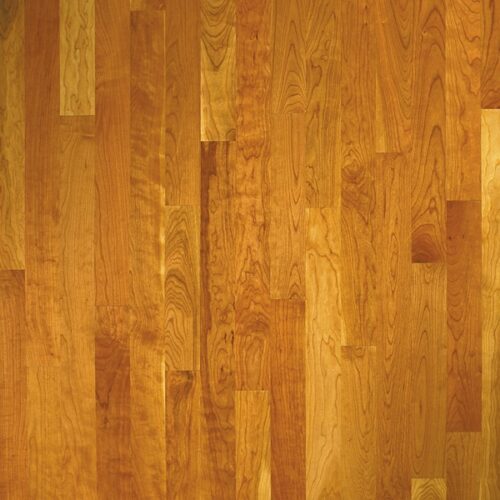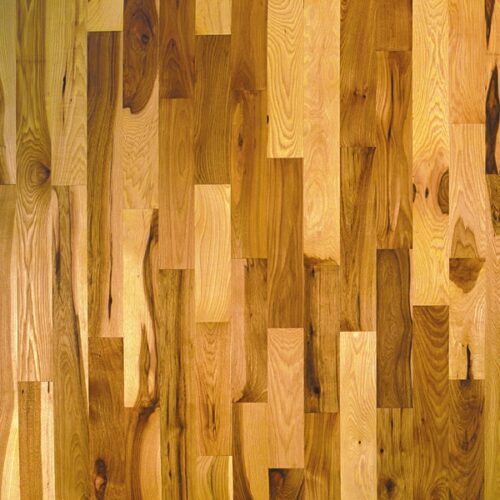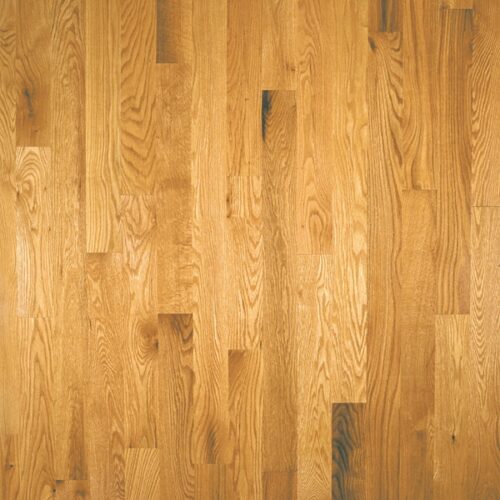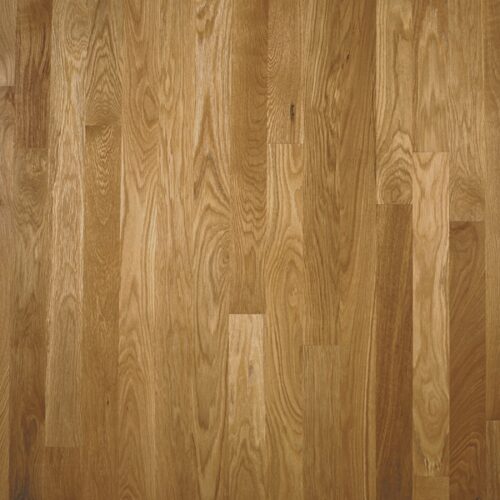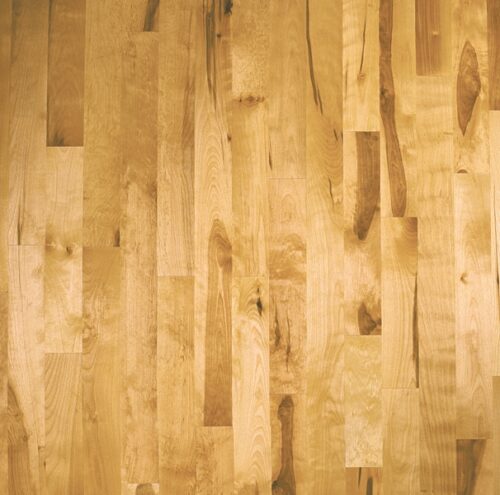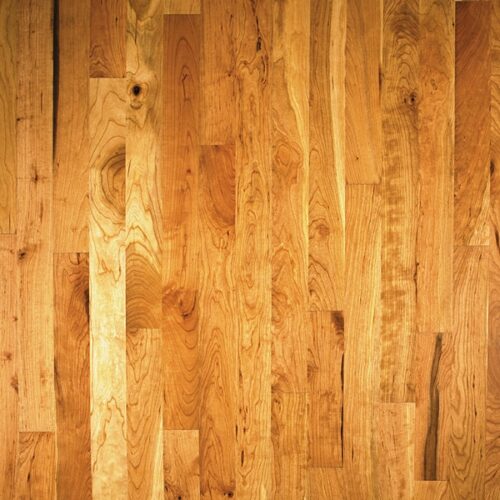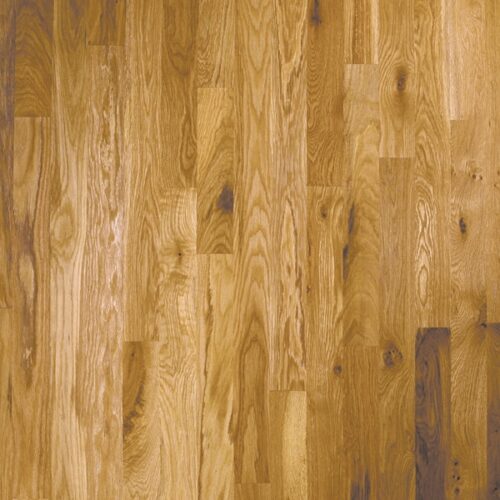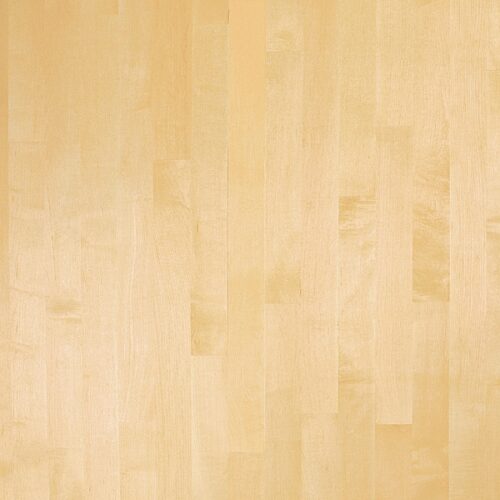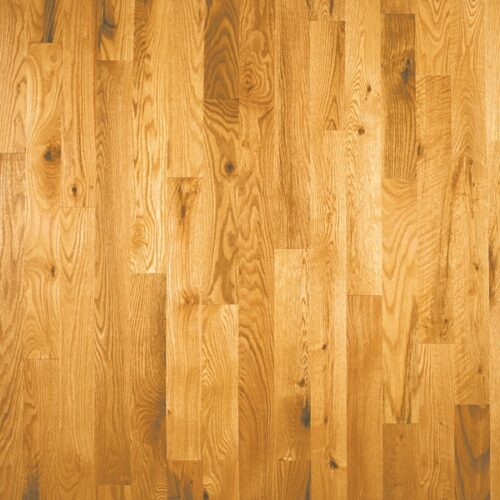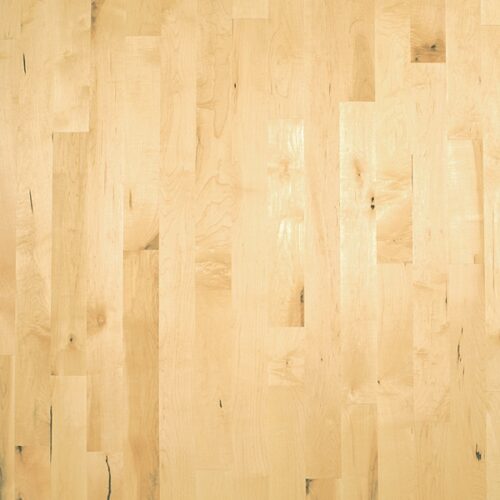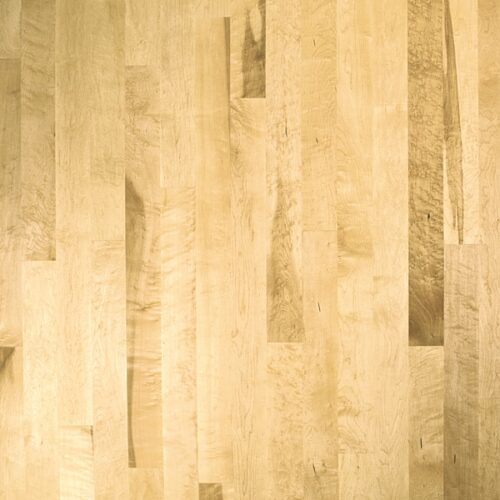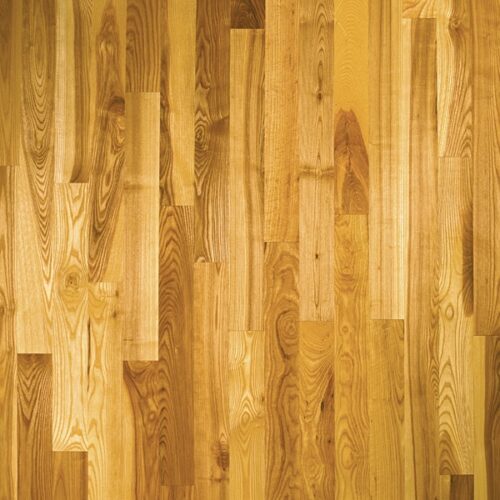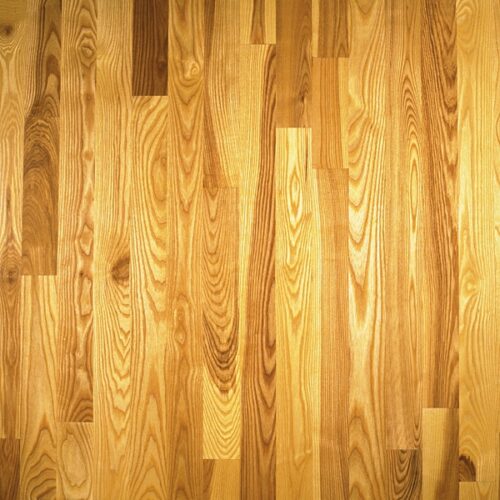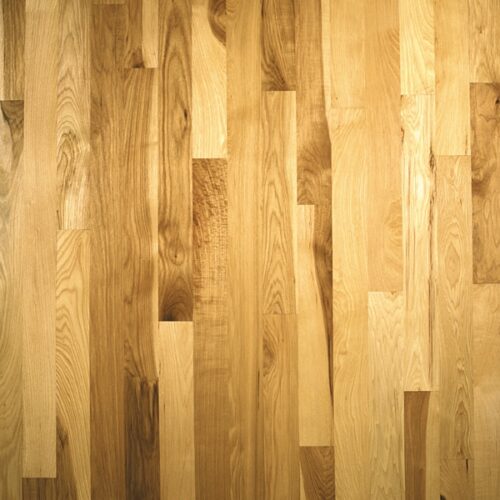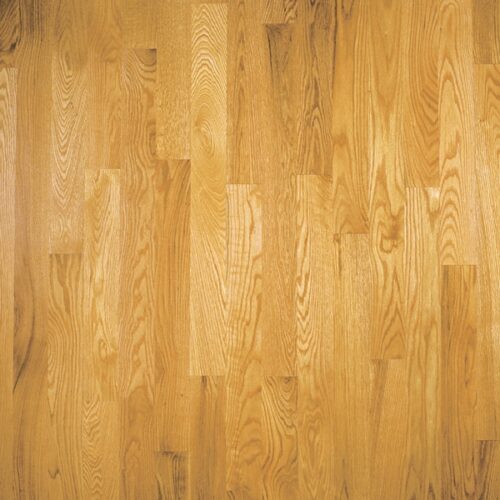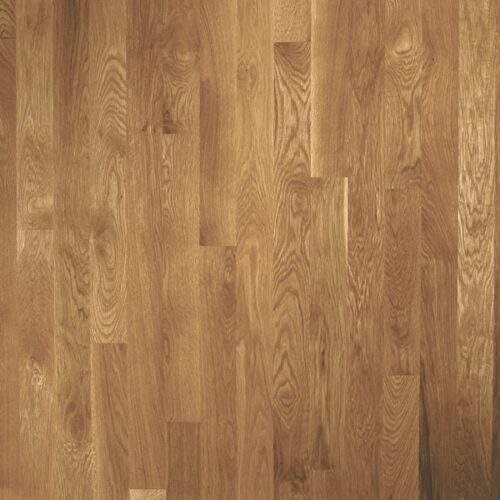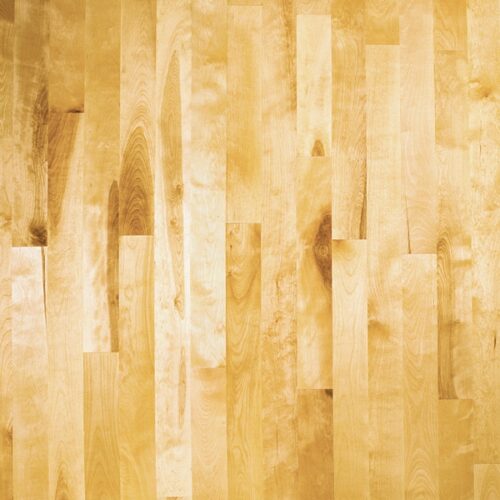
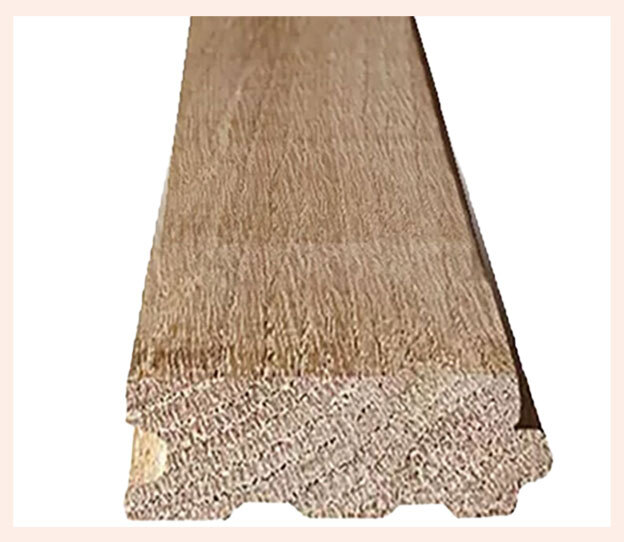
Wholesale Solid Unfinished Hardwood
Rustic Wood Floor Supply Boise, Idaho, offers premium solid unfinished hardwood flooring —raw planks that put you in complete control of your floor’s final appearance. By selecting your preferred species, stain, and finish, you tailor every detail to your design vision, whether you desire a warm, rustic patina or a sleek, contemporary sheen.
Crafted from 100 percent natural wood with no synthetic fillers or substrates, solid unfinished hardwood brings a timeless authenticity that engineered products and luxury vinyl flooring simply can’t match. Its raw surface invites personalization—and because it can be sanded and refinished again and again, your floor can evolve alongside your décor, adapting to new color schemes or wear patterns without replacement.
Where prefinished hardwood flooring or engineered hardwood flooring options arrive with a fixed look—and luxury vinyl planks rely on printed visuals—unfinished hardwood stands alone in versatility and longevity. From custom stain blends to bespoke surface textures, no other flooring material offers the same blend of enduring beauty, environmental integrity, and infinite re‑styling potential.
Species of Solid Unfinished Hardwood in Boise, Idaho
Why Choose Solid Unfinished Hardwood in Boise?
Solid Unfinished Hardwood Flooring Boise is a timeless and durable choice, not only in Atlanta, Georgia, but across the United States. For centuries, wood floors have stood the test of time—some even dating back to the 1600s in historic castles.
Benefits of Unfinished Hardwood Boise, Idaho
100% Customizable
Solid Unfinished hardwood allows you to adjust sheens, colors, and finish types at any time—even after installation.
Easy to Repair
Minor water damage, such as sink or toilet leaks, can be addressed by sanding and refinishing rather than replacing entire sections.
Enhanced Aesthetics
You have the option to add texture for a more unique and visually appealing floor.
Authentic & Timeless
Solid hardwood provides an unmatched natural feel that adds warmth and character to any space.
Seamless Expansion
Unfinished hardwood can be expanded in the future without concerns about mismatched finishes or styles.
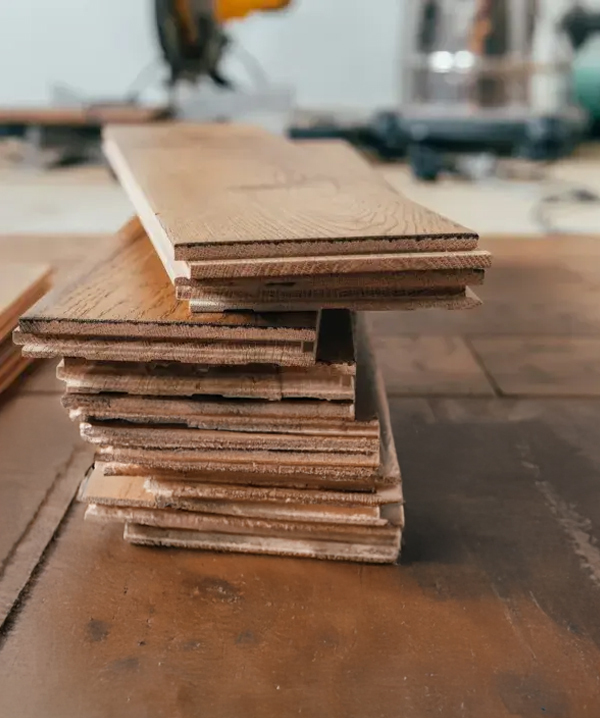
TESTIMONIAL
Frequently Asked Questions
Absolutely, unfinished hardwood flooring can be stained any color. Depending on the wood species will have an effect on the outcome color of what is being applied. You are also able to apply different textures to floors to make them look different.
Solid unfinished simply does not have a finish on it yet. Solid Prefinished flooring is unfinished flooring with a factory stain and finishes on it. Generally, these types of flooring are in the same category.
Well, you should hire a professional hardwood flooring installer/refinisher. Basically, you sand a floor with different machines, then put sealer on, and then the final finish coats on.
It won’t do anything but the wood will be unprotected. Some racquetball courts are unfinished but drinks and such are not allowed near them as it will cause issues. If you leave the wood unfinished it will ultimately become grey or black in color.
All floors are priced relative to the product quality. Cheaper wood like engineered 3/8″ vs 3/4″ flooring will be cheaper. generally, everything that Rustic Wood Floor Supply sells is priced the same across all sections of flooring based on quality. We have some prefinished items much more expensive than unfinished wood and some are more expensive. When you price the higher quality engineered woods against solid unfinished hardwood, unfinished is generally cheaper up front and in the long run.
Yes, solid hardwood flooring must be acclimated before installation. Wood naturally expands and contracts with changes in temperature and humidity, so acclimating the flooring helps prevent issues like warping or gaps.
In Atlanta’s climate, it’s recommended to let the wood sit in the installation area for at least 5-7 days (or as specified by the manufacturer). Keep the flooring in its original packaging and ensure the indoor environment is at normal living conditions—around 60-80°F and 30-50% humidity. Proper acclimation ensures a stable, long-lasting floor.
Yes, solid hardwood floors can develop cracks and experience movement due to natural expansion and contraction. Wood reacts to changes in temperature and humidity, which can cause minor gaps in drier conditions or slight swelling in higher humidity.
To minimize this, it’s important to properly acclimate the flooring before installation and maintain indoor humidity levels between 30-50%. Using a humidifier in dry seasons and a dehumidifier in humid months can help keep your floors stable and looking great for years to come.
Solid hardwood floors are one of the most durable flooring options and can last 50-100 years or more with proper care. Their longevity depends on factors like wood species, finish quality, maintenance, and environmental conditions.
One major advantage of solid hardwood is that it can be sanded and refinished multiple times, allowing homeowners to restore its beauty and extend its lifespan. Regular cleaning, maintaining proper humidity levels, and protecting the surface from excessive wear will help keep solid hardwood floors in excellent condition for generations.
Yes, solid hardwood flooring comes in a variety of colors, both naturally and through staining. Different wood species have unique tones—for example, Red Oak has warm reddish hues, White Oak is more neutral, and Walnut offers rich, dark brown tones.
If you want a custom color, unfinished solid hardwood can be stained to match almost any shade before applying a protective finish. This allows for endless possibilities, from light, modern tones to deep, classic hues, giving you complete control over your floor’s appearance.
Short Answer: Solid hardwood is 100% real wood, extremely durable, and can be refinished multiple times. Engineered wood has a hardwood top layer with a stable core, making it better for moisture-prone areas.
Expanded Comparison:
• Solid Hardwood is thicker (typically ¾”), lasts 50-100+ years, and can be refinished multiple times, making it a great long-term investment. However, it is more sensitive to moisture and humidity, so it’s best for above-grade installations like living rooms and bedrooms.
• Engineered Wood consists of a real wood top layer over a plywood or fiberboard core, offering greater stability in humid conditions. It’s ideal for basements, concrete slabs, and fluctuating climates, though refinishing is limited based on the wear layer thickness.
Which One to Choose? If you want a classic, long-lasting floor with refinishing flexibility, go with solid hardwood. If you need stability in moisture-prone areas, engineered wood is a great alternative.

